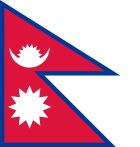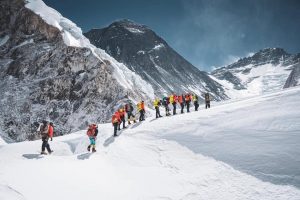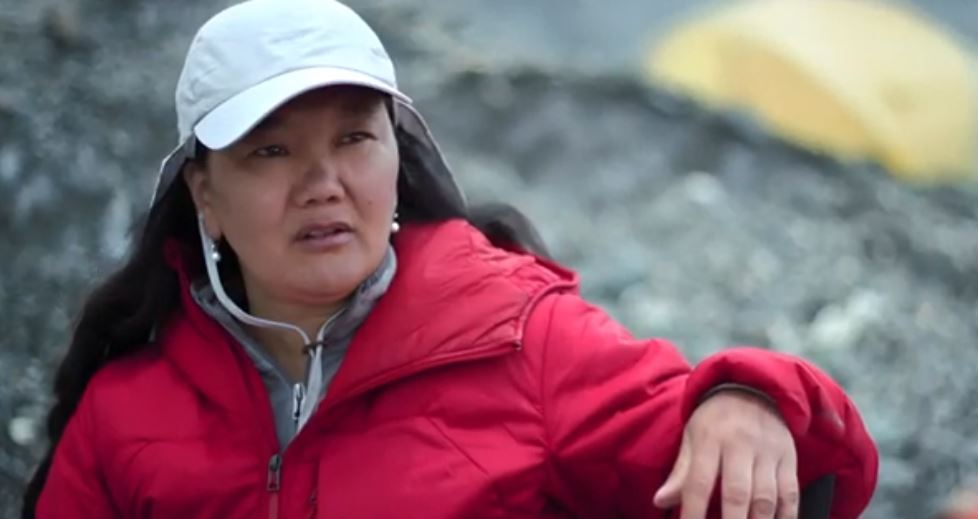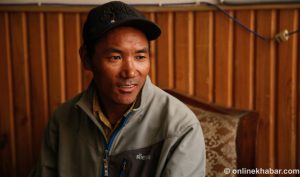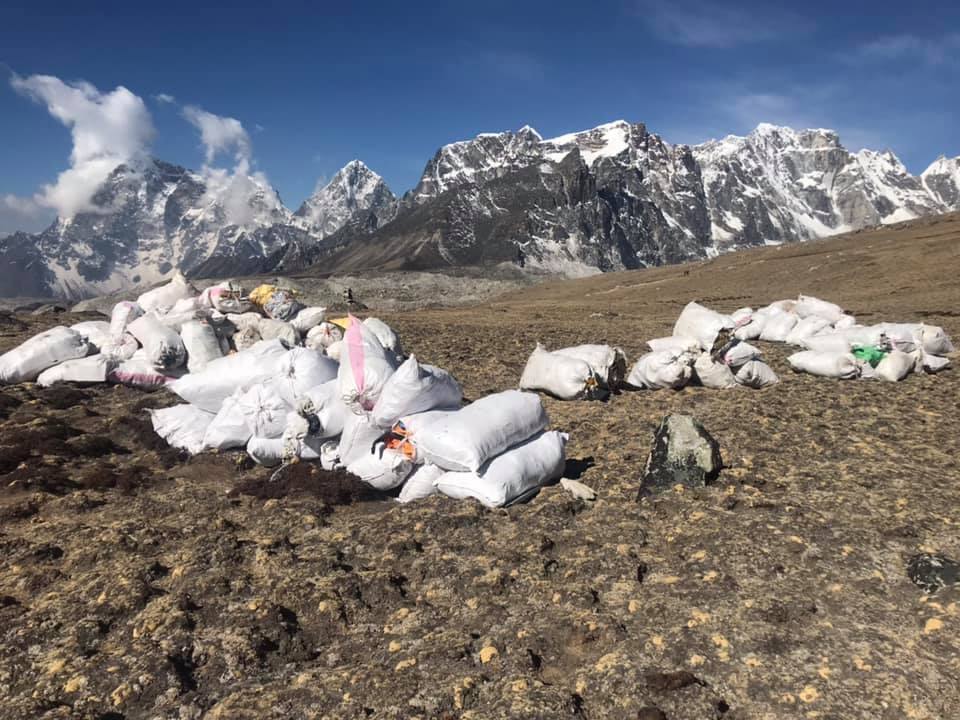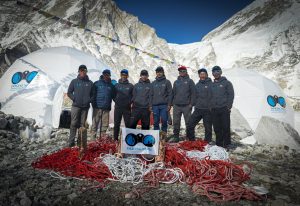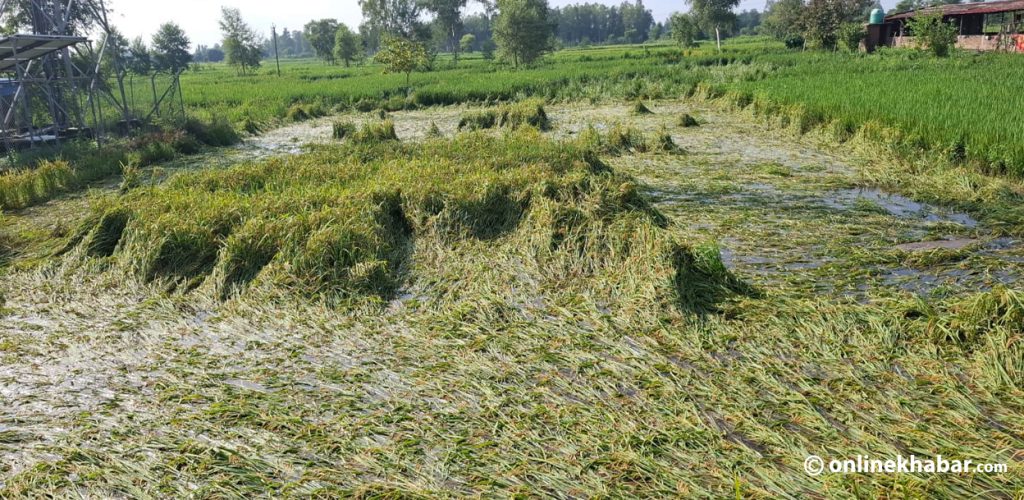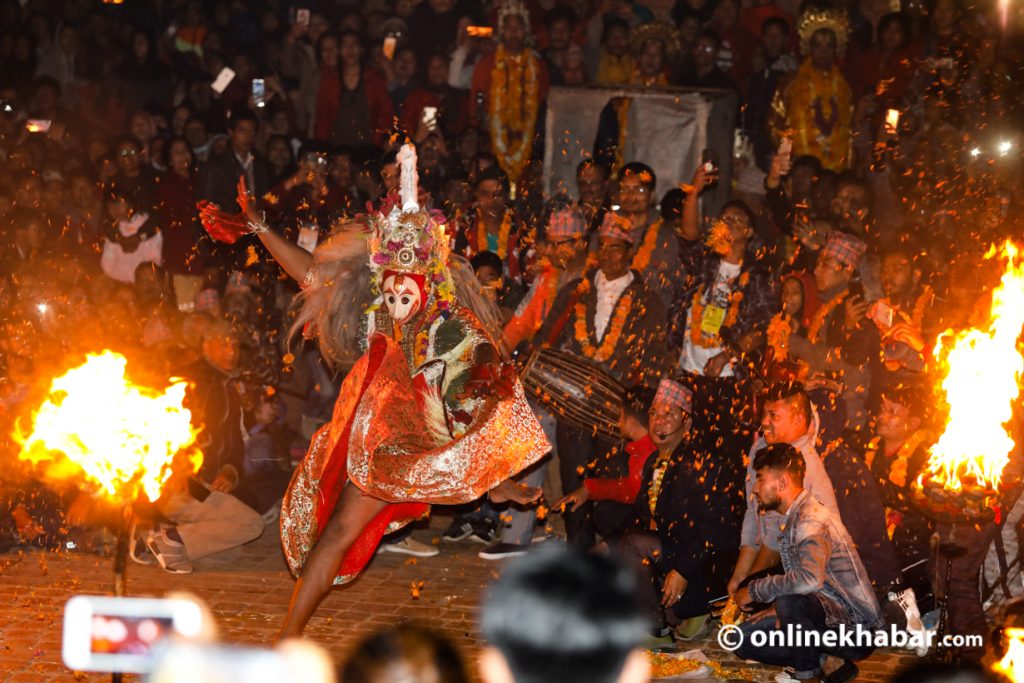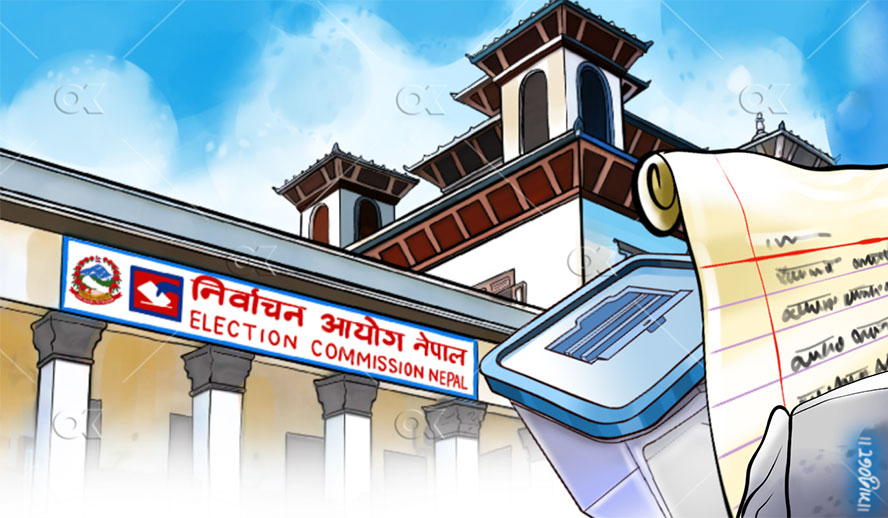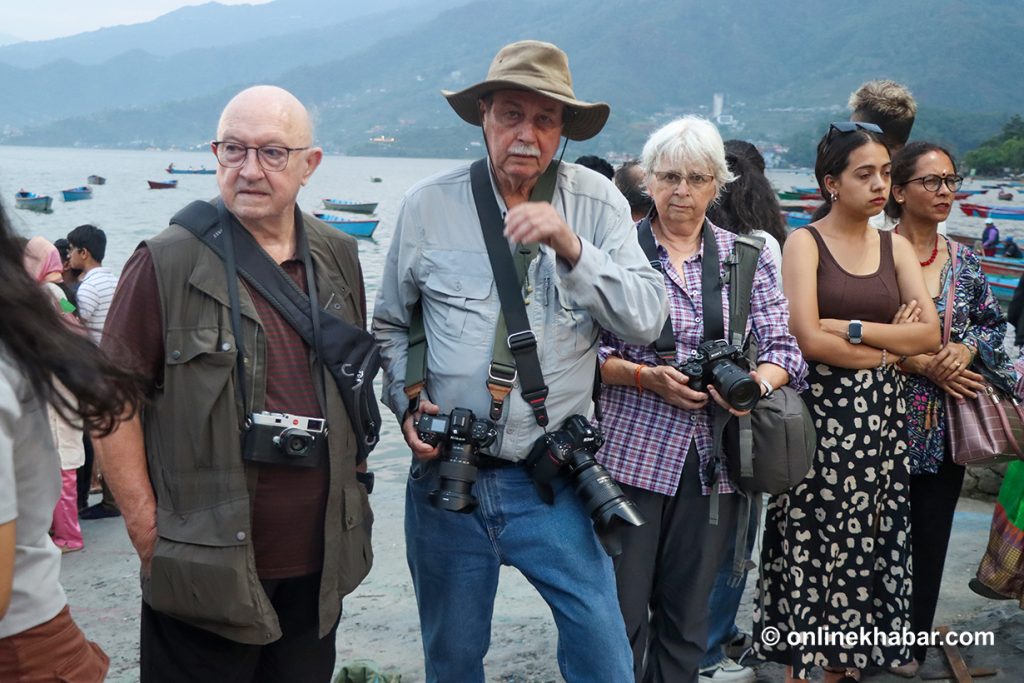
Solukhumbu
A safer route to climb Mount Everest is expected to reopen by March next year, according to the Department of Tourism. About 80 per cent of the construction work on the route the same path used by New Zealander Sir Edmund Hillary and Nepali mountaineer Tenzing Norgay Sherpa during their historic first ascent of Everest in 1953 via the Nuptse side has been completed.
Department Director Himal Gautam said the new route is safer than the existing one through the Khumbu Icefall and is being prepared for use in the upcoming spring climbing season. The alternative route, roughly 200 meters long, bypasses the highly risky Khumbu Icefall, which climbers currently must cross to reach higher camps.
According to mountaineering expert and tourism entrepreneur Ang Tshering Sherpa, the Khumbu Icefall route was first opened in 1984, after which the older Nuptse route fell out of use. He noted that the revived route is significantly safer and more reliable than the current one.
To explore, study, and reopen the historic route, the department has assigned renowned climber-researcher Kaji Sherpa of Nepal, French climber Marc Batard, and fellow French mountaineer Antoine Erol. The new base camp is being developed at the foot of Nuptse, where 80 per cent of the work has been completed.
The remaining 20 per cent will be completed by March-April, Gautam said. “World-famous climbers, including Nepal’s Kaji Sherpa and France’s Marc Batard, are leading the effort with official permission from the Council of Ministers,” he added, noting that the government has not provided financial investment for the project.
The Tourism Ministry is supporting the initiative as an alternative route project with financial backing from various French mountaineering associations. Gautam explained that the Khumbu Icefall route, currently used up to Camp I, is extremely hazardous, claiming the lives of several climbers every year with about a quarter of all Everest fatalities occurring in that section.
Veteran climber Bijay Ghimire said the Khumbu Icefall poses the first and greatest danger during Everest ascents, due to frequent ice collapses and crevasses. The new Nuptse route, which bypasses the Icefall, is expected to be much safer and more practical.
Seventy-two years ago, Tenzing Norgay and Edmund Hillary reached the summit through this same route. Researcher Kaji Sherpa said that around ten world-class climbers have been working for the past three years to rediscover and restore the historical path. “This is not just a climbing route,” Sherpa said, “it is a rebirth of Nepal’s history, pride, and identity, built through collaboration among local communities, Nepali and foreign climbers, international donors, and the government.”
Official approval granted
The federal government officially authorised the project on January 5, following a Cabinet decision, granting permission to Kaji Sherpa and Marc Batard’s team to reopen the route. The Department of Tourism has permitted the team to extend the trail up to 6,100 meters, covering the section up to Camp I.
Director Gautam said reopening the route will help reduce congestion, noise, and pollution in the current base camp area during climbing seasons. The project is proceeding with environmental clearance and technical standards to ensure safety and sustainability.
Model of local and international collaboration
The campaign is being hailed as a unique collaboration linking Nepal’s mountaineering heritage with global cooperation. Greek Honorary Consul and goodwill ambassador of the Himalayan Expedition Lumbini Development Fund, Bikram Pandekaji, has contributed financially, while former Director General of the Department of Tourism, Dr Narayan Prasad Regmi, has supported technical and policy coordination.
French mountaineer Antoine Erol, who joined the team, said, “This is not merely a trail project, it’s the restoration of Nepal’s long-standing relationship with the world’s climbers.” He added that about 220 fixed steps have already been installed out of the planned 270, forming the base for safety ropes and ladders. The remaining 50 steps are expected to be completed by March-April.
Estimated cost: USD 400,000
The total project cost is estimated at around USD 400,000, of which USD 300,000 has already been spent. The remaining funds are being raised from private donors, mainly French mountaineering enthusiasts. According to Kaji Sherpa, the funds are being used for fixed-line setup, safety equipment, technical gear, and route maintenance.
Safer, less risky alternative

The new route is being developed as a safer alternative to the perilous Khumbu Icefall, known for frequent avalanches and ice collapses that have caused numerous fatalities. Every year, more than 800 climbers, including about 500 foreigners, receive permits to climb Everest, but many abandon their ascent due to the Icefall’s dangers.
Experts say the new route only about 200 meters longer will substantially reduce risk. “This route will minimise the hazards of the Khumbu Icefall and make Everest expeditions safer and more reliable,” said Ang Tshering Sherpa. He added that opening the route could revolutionize Nepal’s mountaineering industry and attract significantly more climbers to Everest.
Renewed global attention on Everest
The project has drawn international attention, with mountaineering organisations and donors viewing it as a “Historic Route Revival.” Environmental preservation has been a key focus throughout the construction process.
Dawa Sherpa, a tourism entrepreneur in the Everest region, said, “The new route will create more jobs for Nepali guides, porters, and local businesses, making Everest once again the global center of mountaineering.”
Former Chief Conservation Officer of Sagarmatha National Park, Bhumi Raj Upadhyay, said, “This is more than a climb — it’s a reconnection with our history. It’s a path of inspiration for Nepal’s youth.”
(Subhas Darnal/RSS)

